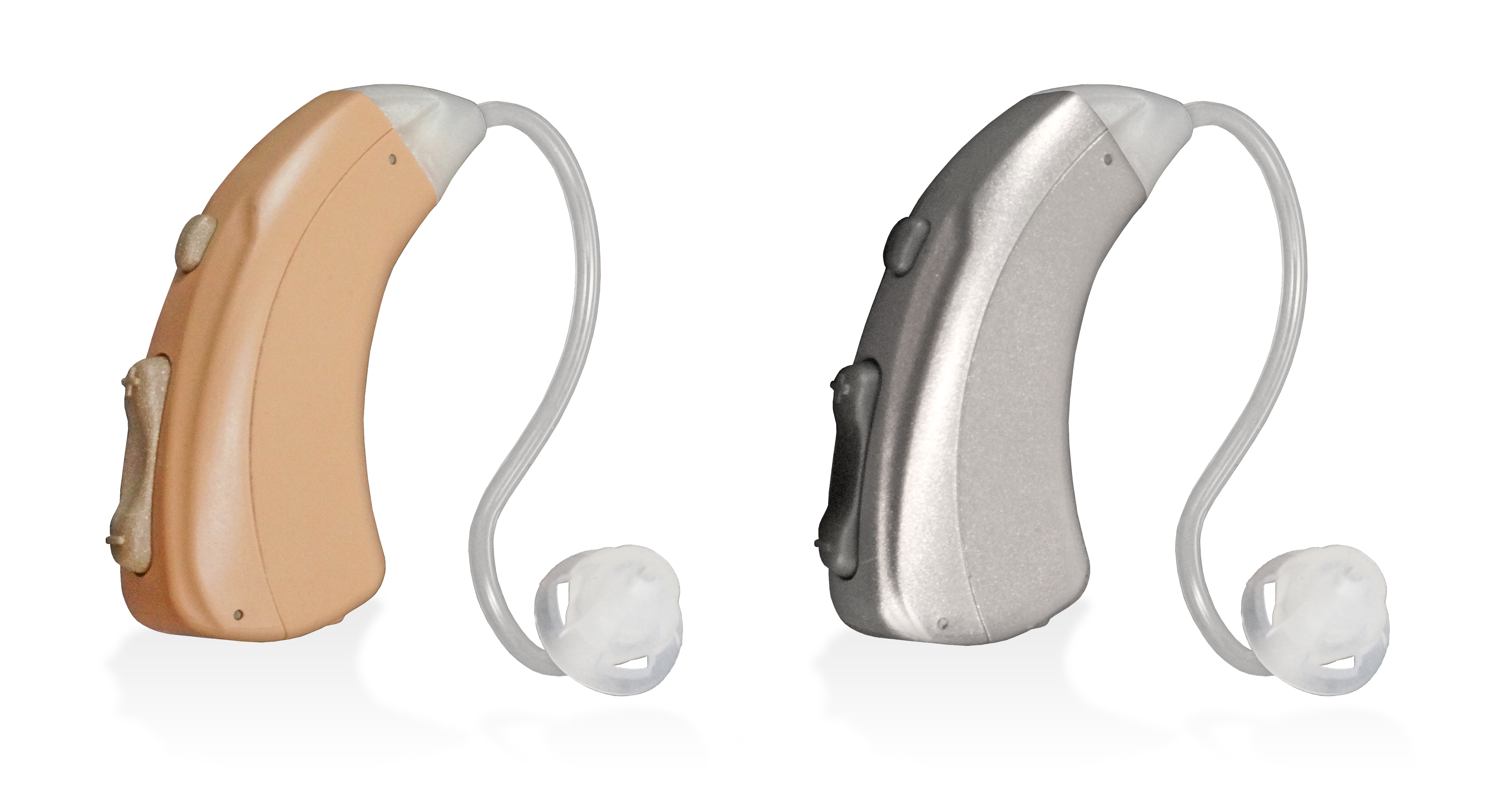
There are cables that plug directly from a hearing aid or cochlear implant into tablet devices or phones, or couplers which transmit sound wirelessly from hearing aids to media devices. Coupling accessories (for connectivity to media devices such as computers, TVs, tablets, smartphones, etc.): There are many accessories for hearing aids or cochlear implants that can connect to media devices. To be tied into the audio loop, the telecoil is switched on in an individual's hearing aid or cochlear implant.


IT products must be designed and created in ways that allow all users to access them, including those who use assistive technologies.įind some examples of assistive technology being used by students with disabilities in the video series AT in Action by The Family Center on Technology and Disability (FCTD) and PACER Center.The electromagnetic signal is picked up by the telecoil in a hearing aid, cochlear implant, or headset. IT accessibility is dependent on accessible design. However, an individual's having proper assistive technology is no guarantee of having access. This same definition was used in the Access Board's Electronic and Information Technology Accessibility Standards, developed as required by 1998 amendments to Section 508 of the Rehabilitation Act.Ī tremendous variety of assistive technology is available today, providing the opportunity for nearly all people to access information technology (IT). Throughout this history, the original definition of assistive technology remained consistent. This act was amended in 1994 in 1998, it was repealed and replaced with the Assistive Technology Act of 1998 ("AT Act").


For example, people with limited hand function may use a keyboard with large keys or a special mouse to operate a computer, people who are blind may use software that reads text on the screen in a computer-generated voice, people with low vision may use software that enlarges screen content, people who are deaf may use a TTY (text telephone), or people with speech impairments may use a device that speaks out loud as they enter text via a keyboard.Ī formal, legal definition of assistive technology was first published in the Technology-Related Assistance for Individuals with Disabilities Act of 1988 (The Tech Act). Assistive technology can include mobility devices such as walkers and wheelchairs, as well as hardware, software, and peripherals that assist people with disabilities in accessing computers or other information technologies. Assistive technology is technology used by individuals with disabilities in order to perform functions that might otherwise be difficult or impossible.


 0 kommentar(er)
0 kommentar(er)
